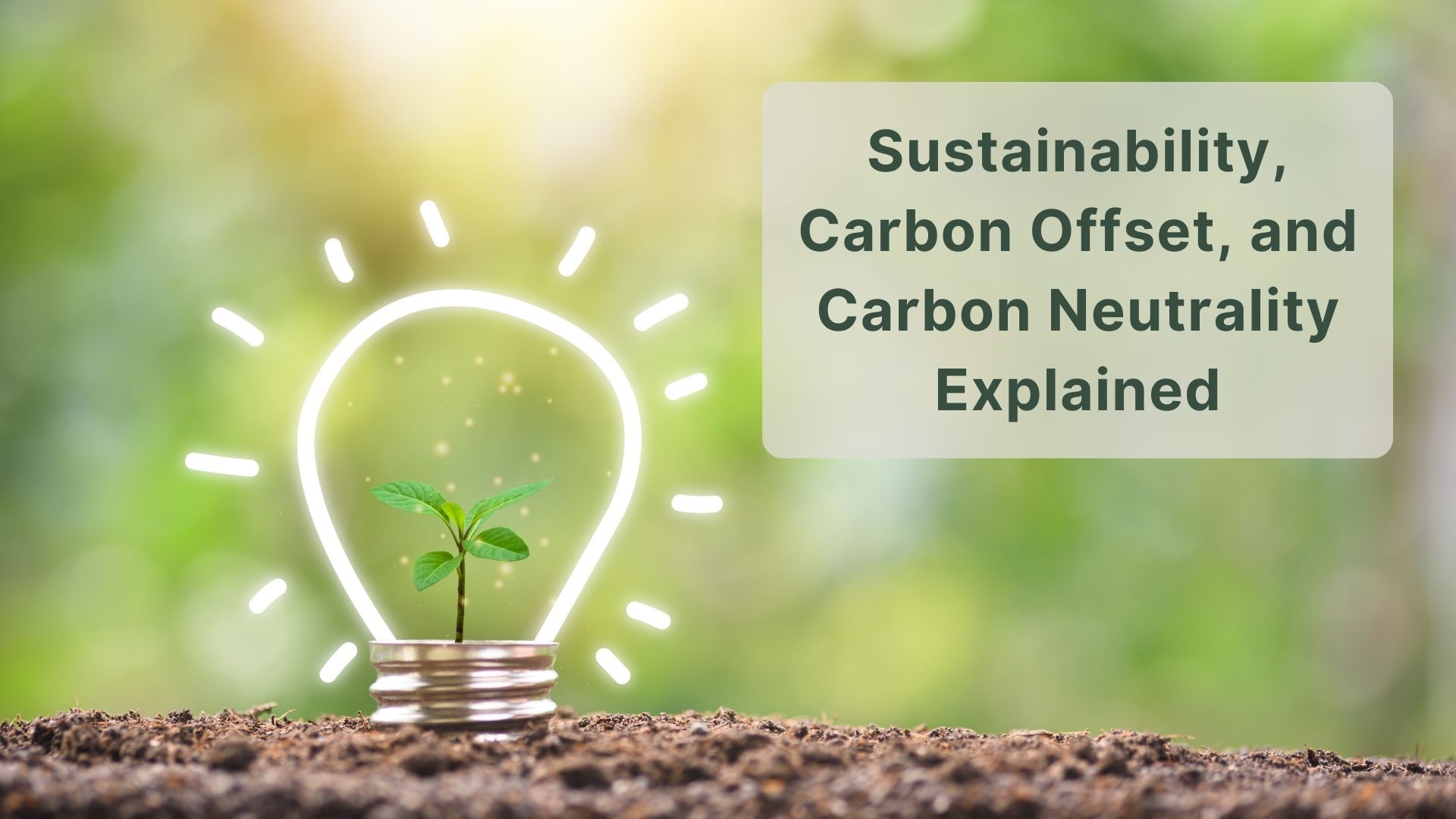Get to Know: Sustainability, Carbon Offset, and Carbon Neutrality
Science

When you read articles regarding the environment, you may often come across terms like sustainability, carbon offset, and carbon neutrality. Especially, the term sustainable is commonly used when marketing products and companies from foods to clothing. These terms can be simply described as follows.
Sustainability
Based on a report by the United Nations Brundtland Commission in 1987, the commonly used definition of sustainability is “meeting the needs of the present without compromising the ability of future generations to meet their own needs”. Sustainability stands on 3 pillars, which are environmental sustainability (natural resources and biodiversity), social sustainability (well-being and harmony), and economic sustainability (the ability of an economy to thrive).
Carbon offset
Carbon offset is a mechanism where buyers compensate for their emissions by funding efforts that remove or avoid greenhouse gas (GHG) emissions in another place. The efforts may be forestry, agriculture, renewable energy, and other activities. Carbon offsets are traded as carbon credits which are certified by the government or independent certification body.
Carbon neutrality
Carbon neutrality is a condition when an entity that produces carbon emissions removes the same amount of carbon emissions from the atmosphere. This can be achieved through energy efficiency initiatives, transition to clean energy, carbon removal, and carbon offset projects.
Individuals and corporations can complement their emission reduction strategies with purchasing carbon offsets. Choosing activities or operations that emit less and offset inevitable emissions help them achieve carbon neutrality, and thus contributing to the environmental aspect of sustainability. In addition, offset activities may contribute to the development of surrounding communities (social sustainability) and enhance the public image of companies (economic sustainability).
Curious about carbon offset and its market? Explore Fairatmos’ site to find out more.

